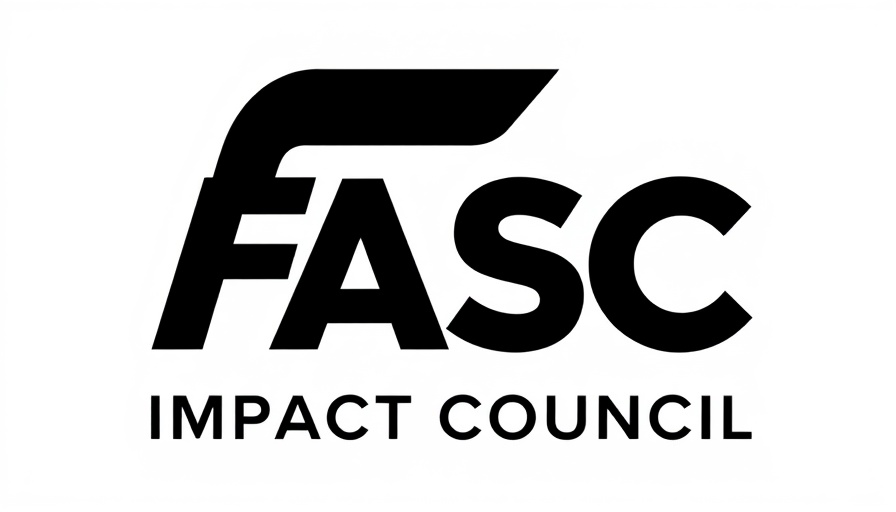
The Importance of Focusing on Made in America
As we navigate the ever-changing landscape of manufacturing, the sentiment behind “Made in America” is increasingly gaining traction. Today, U.S. companies are realizing that local production could significantly strengthen not only their operations but also the American economy as a whole. Considering the growing challenges posed by global supply chains, manufacturing domestically is becoming not just a preference but a vital strategy for resilience.
The Case for Domestic Production
Let's look at Chang Robotics, a company founded in 2022, which is a beacon for the American manufacturing spirit. The founder, Matthew A. Chang, faced an important decision: to manufacture in America or look overseas like many startups are often advised.
His determination to stick to domestic manufacturing is pivotal. Despite suggestions to relocate production to China for quicker outcomes, Chang believed that building in America contributes to local economies and sustainability efforts. This belief is echoed by many industry leaders who advocate for local production, stating it can lead to job growth and innovation.
Innovation Through American Manufacturing
Chang Robotics designed a hybrid electric snow removal machine with dual functionalities. When this innovative machine isn’t clearing runways, it can serve as a micro-grid power source for airports. This unique approach not only meets regulatory needs but also helps airports save on energy costs—an attractive proposition that makes investing in these machines worthwhile.
Such innovations showcase how U.S. companies can differentiate themselves with products that provide added value while creating local jobs. Indeed, the shift to American-made products not only fosters innovation but also can revive communities devastated by the loss of manufacturing jobs.
Looking Ahead: The Future of Manufacturing
The “Made in America” initiative fosters a culture of resilience and creativity in manufacturing practices. As new companies emerge, the expectation to innovate is essential, but alongside that innovation, there's a growing imperative to do so responsibly and sustainably within American borders. The U.S. economy can greatly benefit from the movement toward domestic production, ensuring both growth and stability in the face of global challenges.
Despite the challenges that come with manufacturing in America, such as potentially higher costs, the long-term benefits—job creation, technological advances, and community revitalization—make it a worthy endeavor for entrepreneurs. By embracing local production, we not only enhance the economy but foster a collective responsibility towards future innovations.
Take Action: Exploring Your Brand’s Identity
In a world that increasingly prioritizes sustainability and local support, focusing on “Made in America” can redefine your brand’s identity. Would you like to clarify your Brand to reflect these values? Engaging in this discussion is essential for understanding how your business can contribute uniquely to the American manufacturing landscape.
 Add Row
Add Row  Add
Add 




Write A Comment